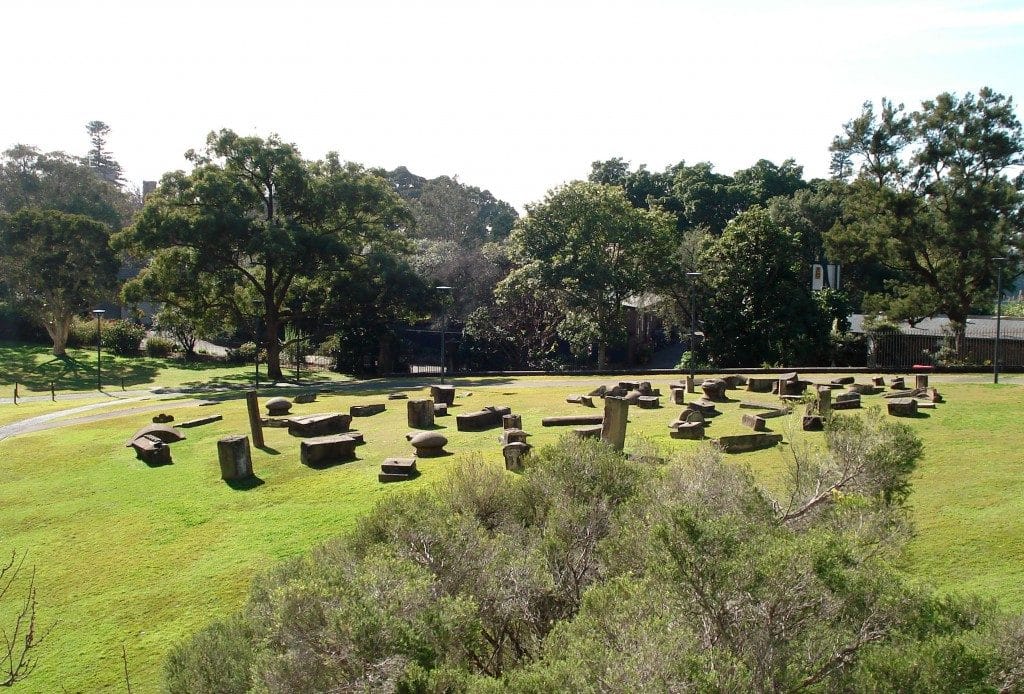There is greater depth to history in Sydney than can be encapsulated in a short story. Development from supply depot to a city of international stature, not often seen in a non-capital city, is seen in layers of city history, through its buildings. The story begins, where Sydney began, at The Rocks, then moves to efforts of Governor Macquarie to create a city. Next comes Sydney’s literal golden age, funded by gold mining and built of golden Sydney sandstone. In the twentieth century, Sydney was impressed by architectural phases of the world as it went through Art Deco in the industrial age, to modernism’s steel and glass, to finally settle on icon architecture, so perfectly seen in the Sydney Opera House.

The opening of the Sydney Opera House gave an instant boost to the reputation of the city and its architect Jørn Oberg Utzon. Utzon garnered the coveted Pritzker Architecture Prize in 2003. Typical historic preservation recognition guidelines, of a time-honored structure of significance over 50 to 100 years, was put aside.


The Sydney Opera House was listed as a heritage asset by the National Trust of Australia in 1983 and by City of Sydney Heritage in 2000. In 2007, the site was included as a World Heritage Site by the cultural arm of the United Nations.
Today cruise guests either dock under the gaze of Captain Bligh, or take a tender to the excursion pier at the base of Sydney Harbor Bridge on the south side. The harbor walk, from the passenger docks runs along a path through The Rocks, along the Circular Quay, past the Art Deco Contemporary Art Museum and its modern cube addition.
Then over the Writers Walk and up the shaded stars to the Macquarie Street Fountain, also known as the Allen C. Lewis Memorial Fountain, donated in tribute by the company that built Sydney, the Concrete Construction Group. There, in full view, is the Sydney Opera House, with the Sydney Harbor Bridge backdrop. Voilà.

Pausing to catch a breath, in part of the Royal Botanic Garden, just south of the Sydney Opera House, puts visitors in touch with the literal foundation stone of Sydney. This is the place of the Tarpeian Way stone quarry, from which building blocks of Victorian Sydney were cut.
On the open grounds today is the sobering sculpture of artist Kimio Tsuchiya, installed in 2000, entitled Memory Is Creation without End. The artwork is composed of bits of demolished nineteenth century buildings of Sydney, returned to the site from which they began.

There is more to Sydney than the harbor. Continue walking south on Macquarie Street, away from the harbor, to delve deeper into the times through which Sydney developed, from a landing point for frightened settlers, to a destination point for expectant visitors. No one should leave Sydney dissatisfied, thinking there is nothing more to the place than the harbor.
See the stories of Australia in Cruise through History, Itinerary XIV, coming soon.
All the CTH story books are available through this website and Amazon.





